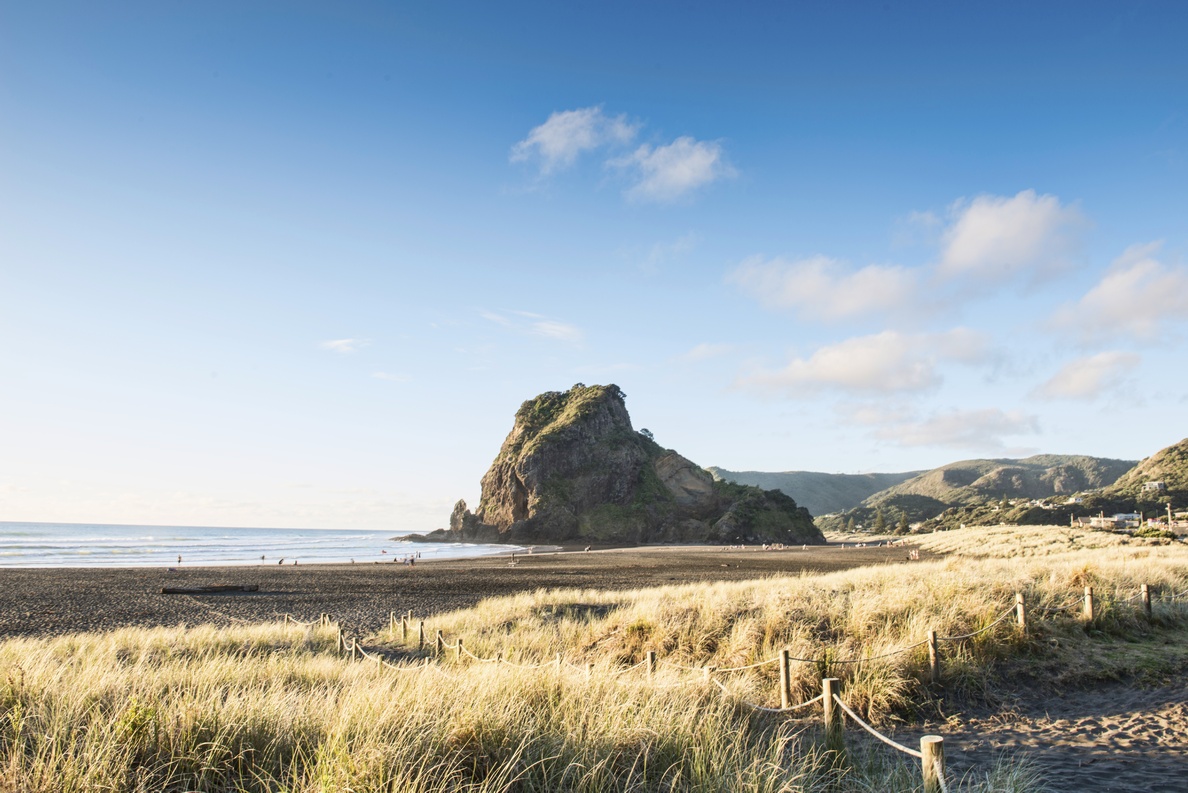The significant threat of increased terrestrial sediment runoff into estuaries and coastal zones as a result of land use changes was recognised by the National Institute of Water and Atmospheric Research (NIWA) and the Auckland Regional Council (ARC) in the 1990s. Starting with Okura in 2000, the ARC began ecological monitoring in order to better assess the impacts of sediment loads on the health of valued estuarine resources. The abundances of nine macrofauna taxa, macrofaunal community characteristics and bed sediment characteristics are now monitored at four sites in each of seven east coast estuaries (Puhoi, Waiwera, Orewa, Mangemangeroa, Turanga, Waikopua and Whangateau), with 10 sites sampled in Okura due to the developments proposed within its catchment and immediate shoreline.
The estuarine monitoring programme provides important information on the health of these estuaries which has been used as evidence in state of the environment reporting, report cards and the development of the Auckland Unitary Plan. This report documents the degree to which each estuary may be affected by terrestrial sediment inputs as well as their present status.
Auckland Council technical report, TR2017/003
